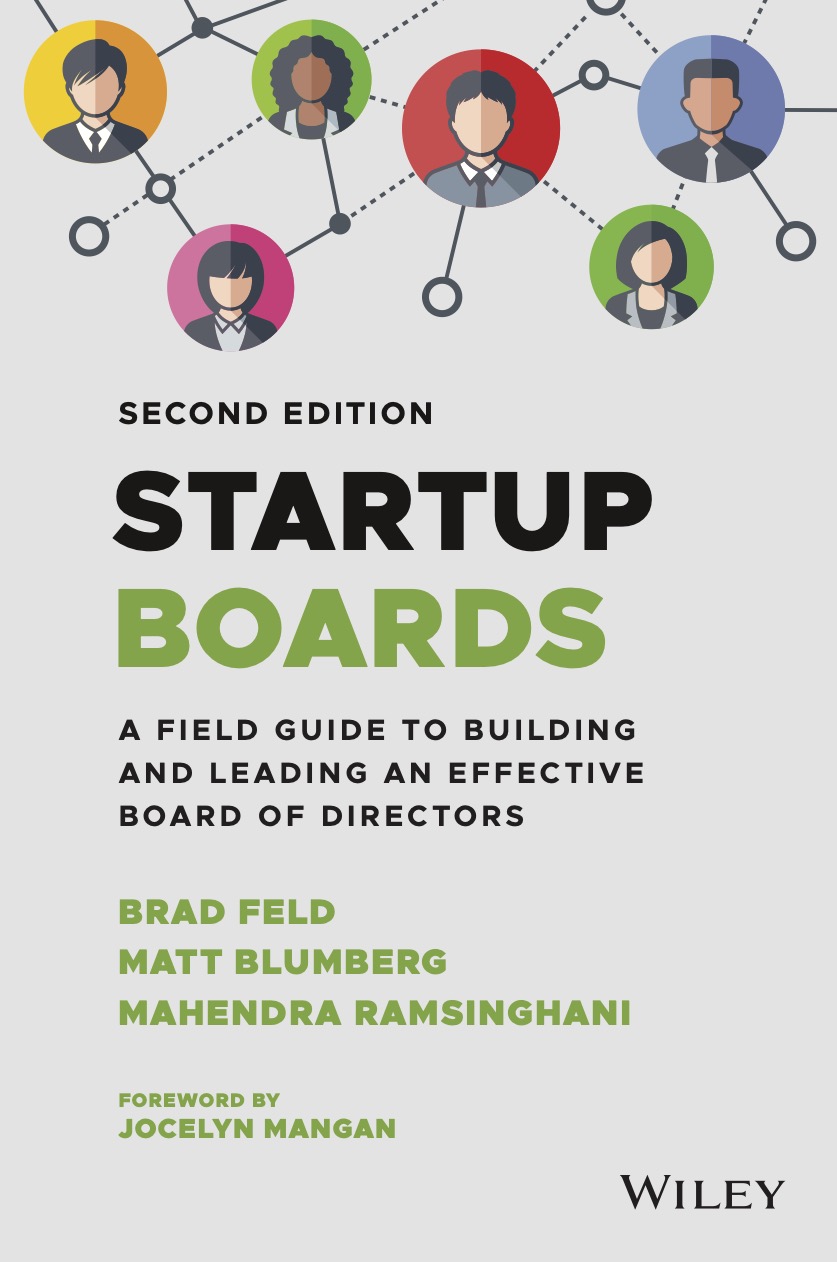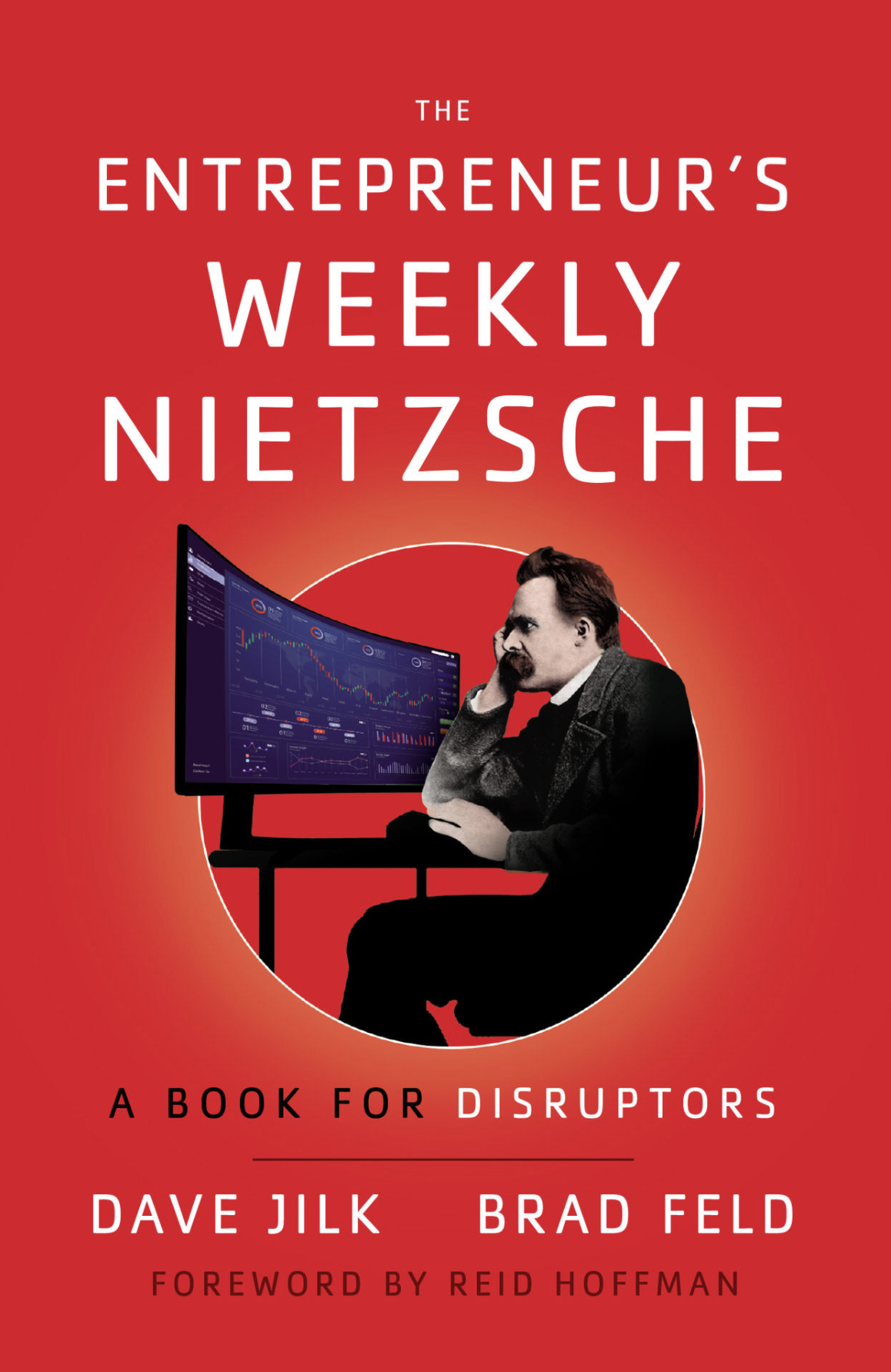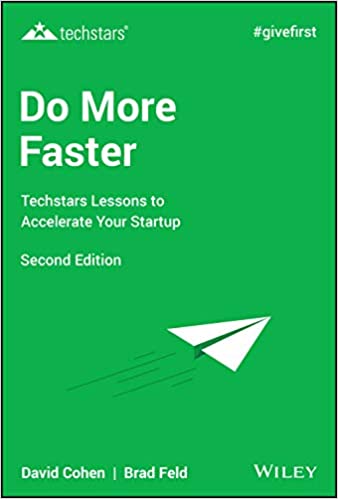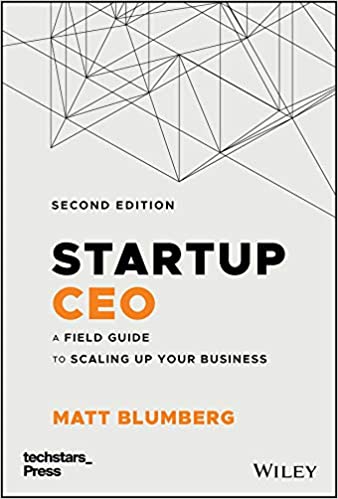Board Meetings: Should You Present Conclusions Or Hypotheses?
Startup CEOs often wonder how to present their findings to the board – should I offer a conclusion ? Or get the board engaged in a discussion to help find a solution? Like most things in life, it’s not black and white. The answer simply depends on the DNA of your board – what would they like ? How involved would they like to be ? Do they understand the subject matter as well?
While you should pick either based on your own dynamics, one of the cautions is information overload. “One of the traps first time entrepreneurs fall into is that they look at it as a reporting thing – they want to tell Daddy what they have been up to, showoff all the good stuff”, says Micah Baldwin, entrepreneur on his sixth startup.
Mark Suster of GRP Ventures advises in his blog that you should “set two strategic topics per board meeting.” The first two slides in your deck should be the two most important strategic topics your management team is grappling with. Make sure to send the deck in advance and have enough details about the issue for the board members to be able think about it before hand. If you’re expecting board members to react on the fly, you won’t get the best out of them. Take 30 minutes or so for each issue.”
The other question that often comes up relates to formal stuff versus informal stuff. The formal stuff (Votes, Approvals or Action Items) is essential first step but get that out of the way as soon as you can.
Here is a generic outline for any board meeting: Adapt this framework to your stage / circumstances as necessary.
Business Progress overview: The primary focus is on your key metrics, milestones and business aspects. Depending on the stage and evolution of the business, an overview could include the following:
Progress against key milestones: highlight delays and develop countermeasures in the following areas:
(a) Product development: completed alpha, beta, pilot customer trials
(b) Customer Adoption: Rates of adoption, rationale of why adoption patterns are trending in certain directions
(c) Sales and marketing:
i. Pipeline
ii. Actual sales versus budget and its impact on cash situation
iii. Gross margins
iv. Competition
v. Market / Customer feedback
Financial status highlights: cash position and burn rate, including an income statement, balance sheet, and cash flows. But the most important metric that any startup CEO should know at any given time, says Manu Kumar of K9 Ventures is “How much cash do you have in the bank, down to the last thousand?” This is probably the one question every CEO should be able to answer cold!













